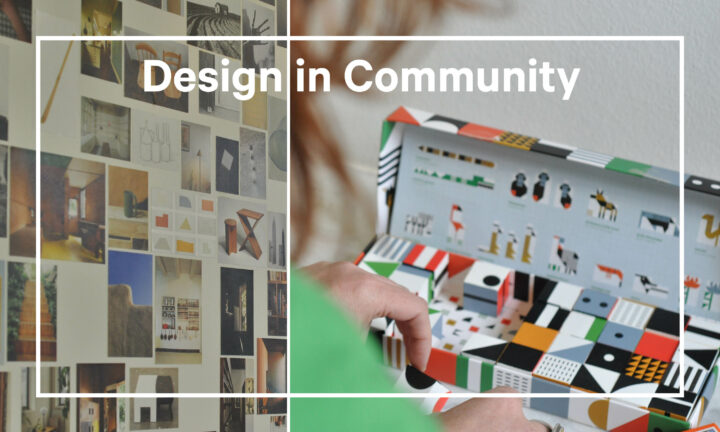Design in Community
The Seattle Design Festival tells a story. This story culminates in an annual celebration of our design community each summer, but the connections we forge within that community, and the stories they have to share, last throughout the year. Follow along with Design in Community, as we highlight some of the design stories from our community through photos and sound.
Fruitsuper
It was the realization of a vision. Sallyann Corn and her partner Joe Kent, co-owners of the industrial design firm Fruitsuper, opened a retail store near Pioneer Square. It had been conceived to be an extension of their work as industrial designers and managers of the Join Design collective, a community of designers, makers, and artists focused on USA-based production.
“We had built this space that our full intention was to be a brick and mortar that was part of the community that added to the Seattle landscape,” says Corn.
That was six months prior to the start of the pandemic.
“If you had asked me a year ago, I’m not sure if I could’ve gotten through it without getting choked up,” she says. “I think now, in hindsight, I can actually say with confidence that I think that it may have been one of the best things that happened.”
The crisis forced them to turn to their training, their practice, and their community to not only find resilience but also a type of renewal.
“We had to stay so creative to stay connected to our creative community that I think that it actually formed bonds that we wouldn’t have had otherwise.”
That orientation towards problem-solving has been a critical component of their partnership, with each bringing complementary strengths.
“I’m the more three-dimensional person, and Joe is the two-D,” notes Corn.
She typically identifies the need, and Kent brings the vision to life through materials and processes.
“I don’t think anything has changed,” she adds.
Their orientation has generally trended towards simplicity, finding inspiration in everyday objects that possess unrealized potential. They take pride in making something less clumsy, even if it’s only a soap dish that actually keeps the soap dry between uses.
“Some stuff it feels like it happens in thirty seconds,” reflects Corn as she considers the challenge of decluttering life through design. “Sometimes, we’ll be toying and tossing around an idea for two years.”
Oftentimes breakthroughs happen because of a relationship to a place and to a community.
“I specifically remember that it was a trip to the Seattle Art Museum, and there was some art piece that triggered something,” she adds. “We ran home, immediately sketched it, prototyped it, and we were like, ‘that’s it.’”
That creative process functions as a beacon to help them safely return to their origins as partners driven to find solutions wherever they may lie.
“The more established you get, you just start feeding in different ways,” Corn explains. “It’s either an addition to the practice, or it’s a sidestep or a building block.
We’re using different results to create the same value system our practice has always had.”





